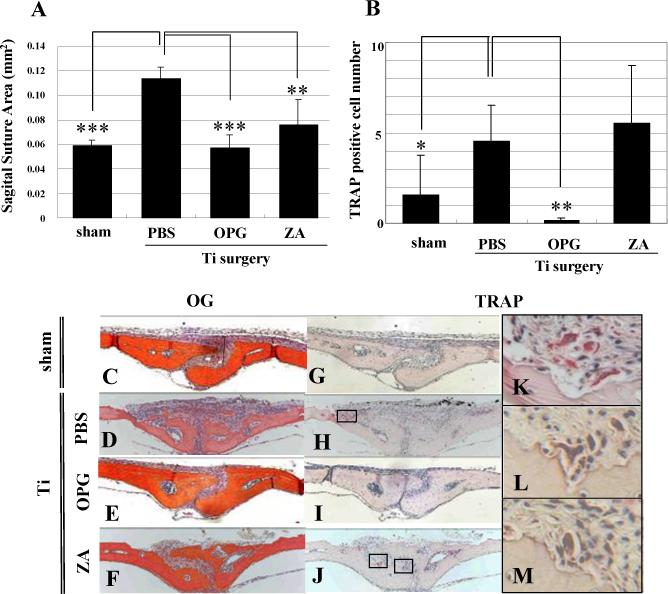Figure 1. OPG vs. ZA inhibition of Ti-induced osteolysis.

Mice (n=8) received sham or Ti surgeries to induce osteolysis over 10 days, and were given PBS, OPG or ZA (0.1mg/kg) treatment as indicated. Afterwards, calvaria were harvested for Orange/G and TRAP stained histology to quantify the SSA (A) and osteoclast numbers (B) as described in Materials and Methods. The data are presented as the mean +/− SD (* p<0.05, ** p<0.01, *** p<0.001 vs. PBS control with Tukey test). Representative Orange/G (C-F) and TRAP (G-M) stained histology are presented at 100X (C-J). High power images of the boxed regions in H and J are also shown at 400X (K-M). Of note are the large number of active osteoclasts in the PBS group (H & K), the complete absence of osteoclasts in the OPG group (I) and the presence of both active (L) and apoptotic (M) osteoclasts in the ZA groups.
